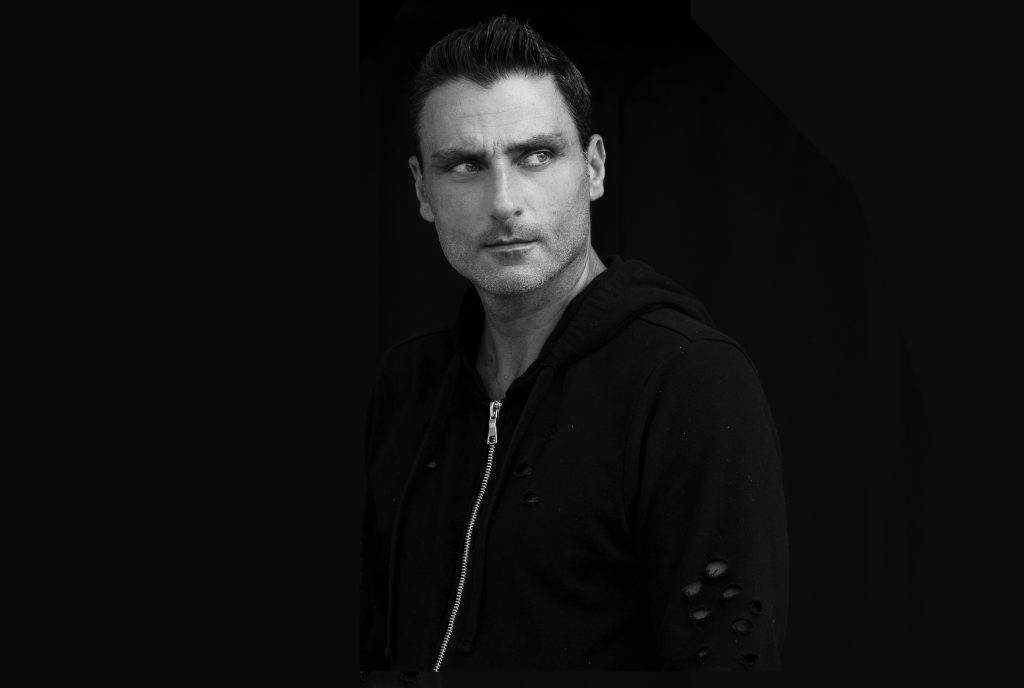
With a masterful blend of rich melodies, hypnotic vocals, and soul-stirring synths, Miami-based DJ and producer Stan Kolev has solidified his status as one of the most respected figures in the Techno scene. As the founder of his own influential label Outta Limits Recordings and a staple on powerhouse imprints like Global Underground, Armada, and Black Hole Recordings, Kolev’s innovative productions have garnered worldwide acclaim, including major collaborations with artists such as Matan Caspi on ‘Mantra’ and No Mercy on ‘Shed My Skin’, while his immersive DJ sets have electrified prestigious festivals like Universo Paralello in Brazil and Earth Frequency Festival in Australia, as well as iconic venues including Treehouse Miami and Ignite WL Superclub in Bengaluru. His most recent release, the captivating single ‘Soul Fragments’ on Outta Limits Recordings (August 2025), continues to push the boundaries of the genre with its uplifting grooves and organic-electronic fusion, captivating audiences and cementing his legacy as a true pioneer.
Dive into this exclusive interview where Stan Kolev opens up about his creative process, inspirations, and the evolution of his sound.
How do you describe the vibe you aim to create when blending tribal and spiritual influences into your progressive house tracks?
When I blend tribal and spiritual influences into my progressive house tracks, the vibe I aim for is both grounding and elevating. The tribal elements connect you to something primal and organic, the rhythm of the earth, the pulse of the body — while the spiritual layers bring in a sense of expansion, depth, and transcendence. Together, they create a space where the listener can lose themselves on the dancefloor but also feel a deeper connection within. It’s about balancing raw energy with emotional resonance, so the music takes you on a journey that feels timeless and transformative.
What’s one piece of gear or software in your studio that’s absolutely essential to crafting your signature soul-stirring synths?
I would say U-he Diva and Moog SUB37.
Growing up in Sofia, Bulgaria, how did your early musical influences shape the emotive sound you’re known for today?
Growing up in Sofia exposed me to a very diverse palette of music. I was surrounded by classical, folk, and Eastern European sounds that carried a lot of emotion and soul. At the same time, I was drawn to Western electronic music, which gave me the structure and drive that I later developed in my productions. That mix of deep, emotional melodies with strong rhythmic foundations shaped the way I approach music today. I’ve always wanted my tracks to tell a story and evoke a feeling, and I think that comes directly from those early influences back home.
When producing a track like your latest release, ‘Sacred Shashta’, what’s the spark or emotion that drives you to start building those haunting melodies?
With ‘Sacred Shasta’, the spark really came from the energy I felt visiting Mount Shasta. There’s a mystical presence there that’s hard to put into words, almost like the mountain carries its own vibration. That feeling of awe and reverence was the trigger. I wanted to capture that sacred, otherworldly atmosphere in sound. The haunting melodies are my way of translating that emotion into music, so listeners can tap into that same sense of mystery and transcendence, even if they’ve never been to the place itself.
How do you balance the introspective themes in your music with the energy needed to move a dancefloor?
For me, the balance comes naturally because I see introspection and energy as two sides of the same coin. The introspective themes bring depth, emotion, and storytelling, while the energy makes sure the body feels it just as much as the mind does. On the dancefloor, people want to move, but they also want to connect to something deeper — almost like a meditation in motion. So, I build my tracks with layers: driving grooves and basslines that keep the energy alive, and melodic or atmospheric elements that speak to the soul. When those two meet, that’s when the real magic happens.
Can you walk us through a specific production technique you used in your ‘Sacred Shashta’ to fuse organic and electronic elements seamlessly?
In ‘Sacred Shasta’, one of the key techniques I used was layering organic percussion with processed electronic textures. For example, I started with hand drum and shaker recordings to give the track that raw, human feel, then blended them with synthetic percussion that I designed to complement the groove. I also used atmospheric field recordings from nature — subtle wind and ambient textures — and processed them with reverb and delay to make them sit seamlessly in the electronic space. The idea was to blur the line between natural and synthetic so the listener feels both the earthiness of organic sounds and the expansiveness of electronic production in one flow.
Running your own label, Outta Limits, what’s the most unexpected lesson you’ve learned about curating music that resonates globally?
Running Outta Limits has taught me that what resonates globally isn’t always about trends, but about authenticity. One of the most unexpected lessons is that a track with true emotion and personality will connect with people no matter where they are in the world. Sometimes I’ll release something I think is very niche, and it ends up touching listeners in places I’d never expect. It reminded me that music is a universal language — if it’s genuine and heartfelt, it transcends borders and genres. As a curator, I’ve learned to trust that feeling above all else.
Your music feels deeply personal—how do you tap into those soul-stirring emotions in the studio without losing yourself in the process?
For me, creating music is almost like therapy / meditation. I tap into my own emotions and experiences, but I channel them in a way that transforms them into sound rather than letting them overwhelm me. The key is balance! I allow myself to feel deeply when writing melodies or building atmospheres, but I also step back and look at the bigger picture of the track. That way, the emotion stays raw and authentic, but the production remains focused and clear. It’s about turning vulnerability into energy, so the listener can connect to it while I stay grounded in the creative flow.
As a pioneer in progressive house, what’s one trend in electronic music you’re skeptical about, and how do you stay true to your vision?
One trend I’m a bit skeptical about is the over-reliance on formula and short-term hype. Sometimes tracks are made to fit playlists or algorithms rather than to stand the test of time, and while they might get quick attention, they often lack soul. For me, staying true to my vision means always putting the emotion first — the melodies, the atmosphere, the storytelling. I’d rather create something that moves people deeply and lasts, than chase what’s hot for a season. Authenticity has always been my compass, and that’s what keeps me grounded as the scene evolves.
Could you let your fans in on what you have in the works within the next few months?
I have some really exciting projects lined up. There are a few new solo releases coming that dive even deeper into the melodic and spiritual side of my sound, plus some special collaborations with artists I truly respect. I’m also preparing fresh material for Outta Limits, both from myself and other talents on the label. And of course, I’ll be touring and testing a lot of this new music on the dancefloor — that’s always the best way to feel the real energy of a track before it’s released. So fans can definitely expect a steady flow of music and moments to connect with in the coming months.
Stream ‘Sacred Shasta’:
Follow Stan Kolev:
Website – Spotify – X – Facebook – Beatport – Instagram – Soundcloud

